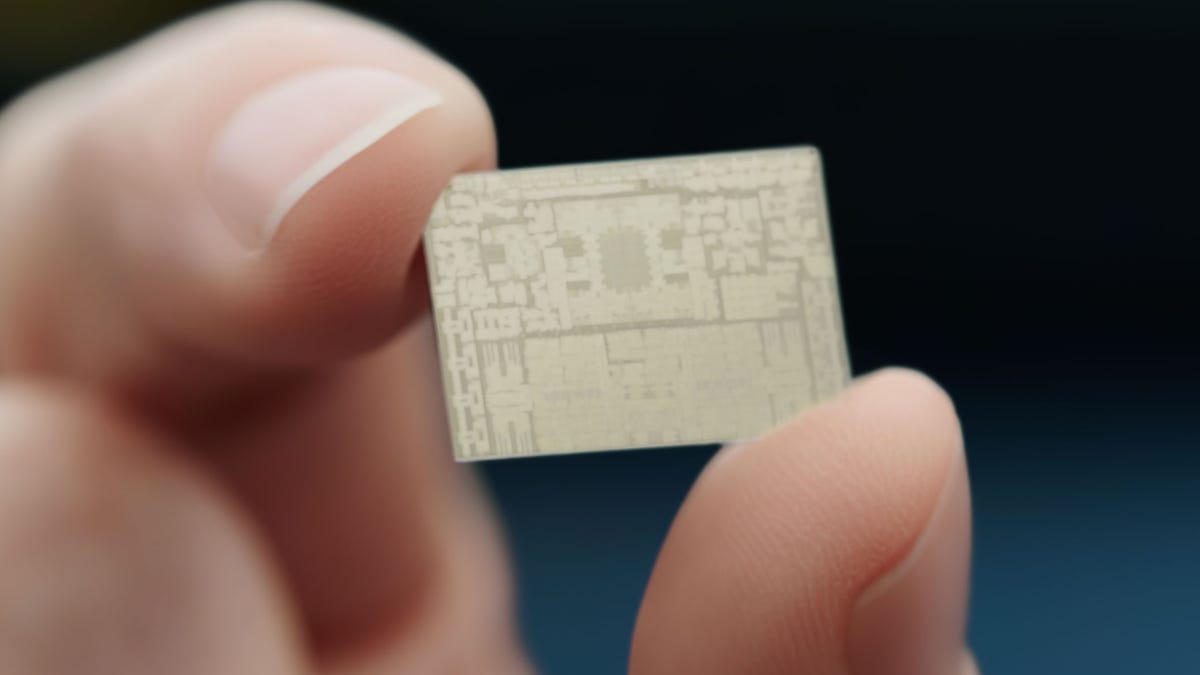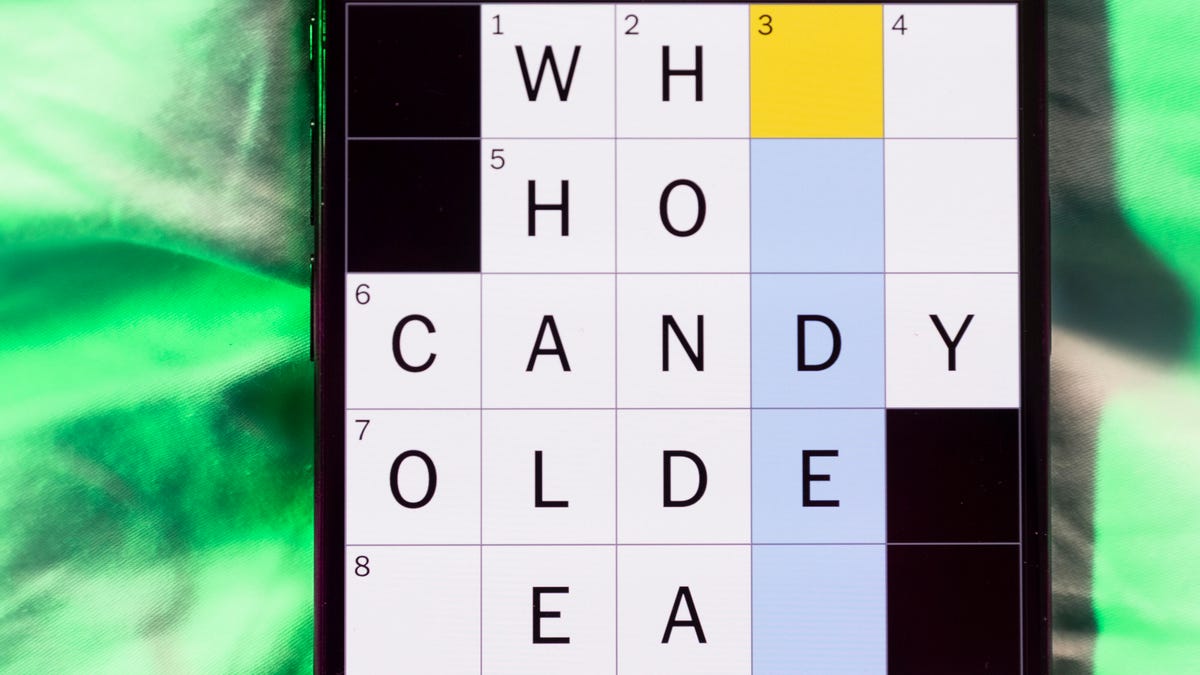Technologies
Apple M2 Pro and Max Chips Repeat a Successful Upgrade Strategy
First the M2. Now we’ve got the M2 Pro and M2 Max. Maybe we’ll see an M2 Ultra processor powering Apple Mac Pro computers in the coming months.

With its M2 Pro and M2 Max processors, Apple is repeating a strategy that worked well for its earlier M1 designs. By grafting some extra circuitry onto an efficient chip foundation, Apple can offer a significant upgrade to its new M2-based MacBook Pro laptops without a full chip overhaul.
Apple introduced its first in-house Mac processor, the M1, for MacBook Air laptops that arrived in 2020. The M1 already took advantage of chip design work for the iPhone’s A-series chips, but Apple beefed up the M1 with more processing cores to make the M1 Pro and M1 Max in late 2021 for higher-end MacBook Pro laptops. Then, in 2022, it glued two M1 Max chips together into the top-end M1 Ultra.
Now, Apple is headed the same route with the M2, which debuted in 2022 and now is joined by the M2 Pro and M2 Max for new MacBook Pro models. If history continues to repeat itself, we could see a Mac Pro based on a hulking M2 Ultra processor in the coming months.
The chips’ speed boost over M1 equivalents that debuted 15 months ago is significant — 20% at least by Apple’s measurements. Owners of year-old M1-generation MacBook Pro laptops to upgrade. But for those using older Macs based on the older Intel chips Apple ejected from its product line, the speed boost and better battery life could be much more compelling.
«These new Macs should help entice moving off Intel to M series in 23,» Creative Strategies analyst Ben Bajarin said in a tweet Tuesday. His firm estimates 42% of Mac owners in the US are still using Intel-based models, and the fraction is probably higher worldwide.
Apple didn’t respond to requests for comment. Intel declined to comment.
How did Apple speed up the M2 Pro and M2 Max chips?
The M2 Pro and Max chips are faster thanks to new designs for the chip’s central processing unit cores for general computation and graphics processing unit cores for handling graphics tasks and some other jobs that work on GPUs. The new designs also have more CPUs, GPUs and another core type for accelerating artificial intelligence tasks, which Apple calls its Neural Engine.
The M1 Pro has eight or 10 CPU cores, depending on configuration, and the M1 Max has 10. The M2 Pro has 10 or 12, and the M2 Max has 12. The M2 generation is 20% faster, Apple said, citing unspecified but industry standard speed tests.
CPU performance is the foundation of everything a processor does, and all the M-series Pro and Max models employ four power-efficient CPU cores for better battery life. The remaining CPU cores offer higher performance cores for more important work. Intel also has adopted this approach, pioneered for smartphones.
For GPUs, used for tasks like playing games and editing photos and videos, the M1 Pro came with 14 or 16 cores and the M1 Max with 16 to 32 cores. The M2 Pro boosts that to 16 or 19 GPU cores, and the M2 Max to 30 or 38. The M2 GPU performance is 30% faster, though part of the speed boost comes from better cache memory on the chip, Apple said.
The neural engine has 16 cores on both M1 and M2 generations, but Apple boasts its AI performance is 40% faster with the new chips. AI software is just getting started, but it’s used in important jobs like some Adobe Photoshop image editing, and you can expect that AI performance to become more and more important as more developers figure it out.
Speed boosts compared to Intel-based Macs, which use years-old Intel chips, are more notable. The M2 Pro is 2.5 times faster at compiling software and 80% faster at Photoshop image editing compared with an older 16-inch MacBook with an Intel i9 processor, Apple said. As for the M2 Max, it’s twice fast at video color adjustments and six times faster at Da Vinci Resolve video editing.
Some of the speed boost on the M2 Max comes from faster memory transfer, doubling to 400 megabytes per second, which helps with data-heavy chores like video editing and 3D modeling. The M2 Max new models also accommodate up to 96GB of memory, up from 64GB on the M1 Max.
We won’t see third-party speed tests until MacBook Pro reviews with the M2 Pro and Max processors arrive. CNET editor Dan Ackerman gave the M2-based MacBook Air an editor’s choice accolade, citing its «excellent performance and battery life.»
That model came with a $200 price increase over its predecessor, though, and the M2-generation MacBook Pro laptops aren’t cheap, either. The model with a 14-inch screen and lowest-end 10-core M2 Pro costs $1,999; with a 12-core M2 Max and other improvements, the price increases to $3,099. The 16-inch models start at $2,499 but rise to $3,499 with an M2 Max processor and more storage capacity.
How are the M2 Pro and M2 Max chips built?
As with all Apple-designed processors for the last few years, Taiwan Semiconductor Manufacturing Co. (TSMC) builds the chips.
As with the M2, the M2 Pro and Max are built with a second-generation 5-nanometer manufacturing process. (A nanometer is a billionth of a meter, and chip manufacturing processes with lower nanometers refer to more advanced manufacturing processes. However, for years now, the numbers have been mere labels of convenience, not actual measurements signifying actual miniaturization progress.)
New manufacturing processes shrink chips’ fundamental electronic elements, called transistors, although that miniaturization is harder these days. That permits more circuitry on a chip. The transistor tally increased from 33.7 billion in the M1 Pro to 40 billion in the M2 Pro; the Max models increased from 57 billion to 67 billion.
TSMC has begun mass product manufacturing on a newer 3 nanometer (3nm) process. Expect that to be used for future iPhone, iPad and Mac processors, a move that should permit even more transistors.
Technologies
The Most Exciting Video Game Rumors and Leaks Ahead of 2026
Technologies
Today’s NYT Mini Crossword Answers for Wednesday, Dec. 17
Here are the answers for The New York Times Mini Crossword for Dec. 17.

Looking for the most recent Mini Crossword answer? Click here for today’s Mini Crossword hints, as well as our daily answers and hints for The New York Times Wordle, Strands, Connections and Connections: Sports Edition puzzles.
Need some help with today’s Mini Crossword? Read on. And if you could use some hints and guidance for daily solving, check out our Mini Crossword tips.
If you’re looking for today’s Wordle, Connections, Connections: Sports Edition and Strands answers, you can visit CNET’s NYT puzzle hints page.
Read more: Tips and Tricks for Solving The New York Times Mini Crossword
Let’s get to those Mini Crossword clues and answers.
Mini across clues and answers
1A clue: Nod (off)
Answer: DOZE
5A clue: Naval submarine in W.W. II
Answer: UBOAT
7A clue: Tricky thing to do on a busy highway
Answer: MERGE
8A clue: Heat-resistant glassware for cooking
Answer: PYREX
9A clue: Put into groups
Answer: SORT
Mini down clues and answers
1D clue: Break up with
Answer: DUMP
2D clue: Falls in line, so to speak
Answer: OBEYS
3D clue: Legendary vigilante who cuts a «Z» with his sword
Answer: ZORRO
4D clue: Rarin’ to go
Answer: EAGER
6D clue: Common reminder for an upcoming appointment
Answer: TEXT
Don’t miss any of our unbiased tech content and lab-based reviews. Add CNET as a preferred Google source.
Technologies
You Can Watch an Exclusive Avatar: Fire and Ash Scene on TikTok Right Now
Disney and TikTok partner on an immersive content hub for James Cameron’s latest movie about the alien Na’vi.
If you’re not quite ready to head to the theater to watch Avatar: Fire and Ash, an exclusive scene preview might sell you on the visual spectacle. As part of a new collaboration with the social media giant, Disney is posting snippets of its new movie to its TikTok account.
This scene isn’t part of any trailer and won’t be posted to other social media accounts, making TikTok the only place you can view it — unless you buy a movie ticket. A first look at the new movie’s scenes isn’t the only Avatar-related bonus on the social media platform right now, either. TikTok has partnered with the house of mouse to bring an entire «immersive content hub» to the app.
A special section of TikTok includes quizzes and educational videos that explore the alien world of Pandora shown off in the movies. On TikTok, you can take a personality quiz to find out what Na’vi clan you most closely align with and unlock a special profile picture border to use on your account.
Science and fiction blend together with a series of videos from real doctors who explain the basis for some of Avatar’s world-building. If you want to learn about exoplanets or how realistic the anatomy of the movie’s alien animals is, these videos will feed your brain while still providing entertainment value.
Perhaps the most enticing part of Disney’s latest social media collaboration is the opportunity for fans to win prizes and trips. TikTok creators who make edits with the #TikTokAvatarContest hashtag are entered into a competition to win Avatar merchandise. The biggest winners will be able to take a trip to visual effects studio Wētā Workshop in New Zealand or visit Avatar director James Cameron’s Lightstorm Entertainment Studio in Los Angeles.
Avatar: Fire and Ash is the third installment in director Cameron’s cinematic passion project. While the first Avatar movie was released in 2009, Cameron didn’t release another entry in the franchise until 2022. In total, there is a five-movie arc planned for the indigo alien Na’vi on the moon of Pandora.
The Avatar movies are known for pushing the boundaries of CGI visual effects in cinema. They are also historically big winners at the box office: the original Avatar is the highest-grossing film of all time, earning $2.9 billion across its theatrical releases. Its sequel, Avatar: The Way of Water, is the third-highest-grossing film of all time, trailing Avengers: Endgame. You can stream those movies on Disney Plus.
It remains to be seen whether Avatar: Fire and Ash will financially live up to its predecessors. The film currently has mixed reviews from critics on Rotten Tomatoes.
-

 Technologies3 года ago
Technologies3 года agoTech Companies Need to Be Held Accountable for Security, Experts Say
-

 Technologies3 года ago
Technologies3 года agoBest Handheld Game Console in 2023
-

 Technologies3 года ago
Technologies3 года agoTighten Up Your VR Game With the Best Head Straps for Quest 2
-

 Technologies4 года ago
Technologies4 года agoBlack Friday 2021: The best deals on TVs, headphones, kitchenware, and more
-

 Technologies4 года ago
Technologies4 года agoVerum, Wickr and Threema: next generation secured messengers
-

 Technologies4 года ago
Technologies4 года agoGoogle to require vaccinations as Silicon Valley rethinks return-to-office policies
-

 Technologies4 года ago
Technologies4 года agoOlivia Harlan Dekker for Verum Messenger
-

 Technologies4 года ago
Technologies4 года agoiPhone 13 event: How to watch Apple’s big announcement tomorrow
